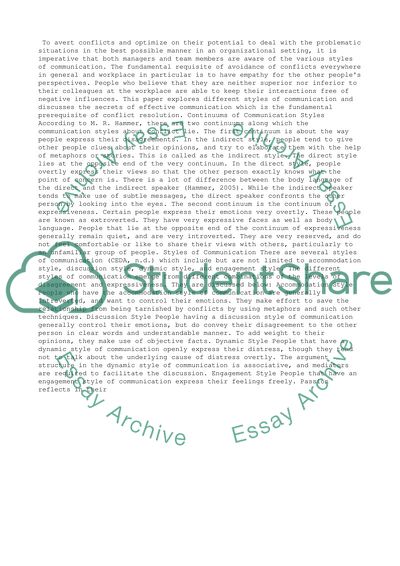Cite this document
(“Styles of Communication and Conflict Resolution Research Paper”, n.d.)
Retrieved from https://studentshare.org/management/1451256-various-communication
Retrieved from https://studentshare.org/management/1451256-various-communication
(Styles of Communication and Conflict Resolution Research Paper)
https://studentshare.org/management/1451256-various-communication.
https://studentshare.org/management/1451256-various-communication.
“Styles of Communication and Conflict Resolution Research Paper”, n.d. https://studentshare.org/management/1451256-various-communication.


